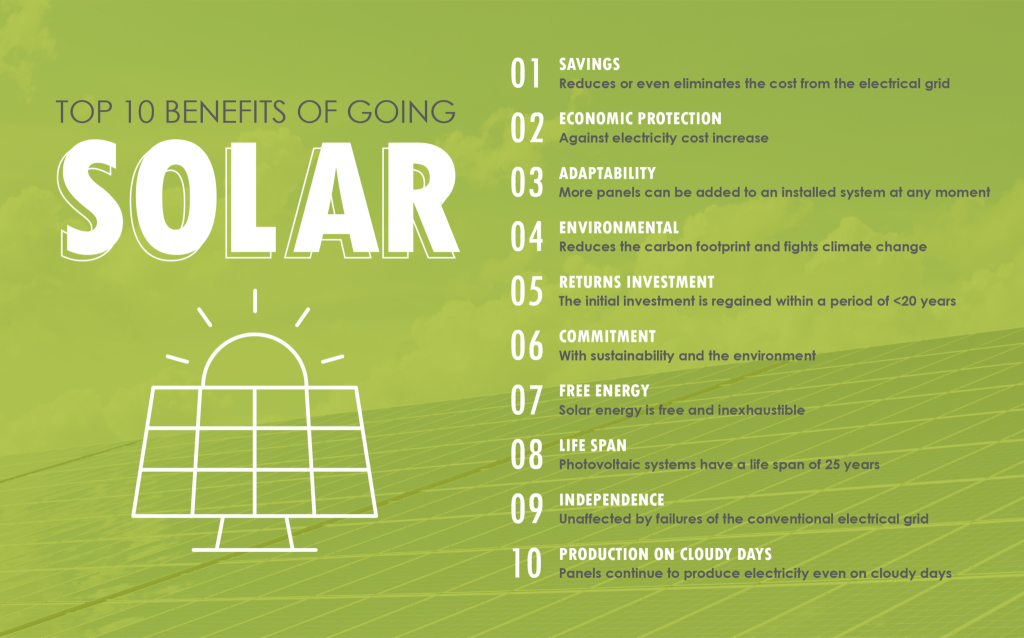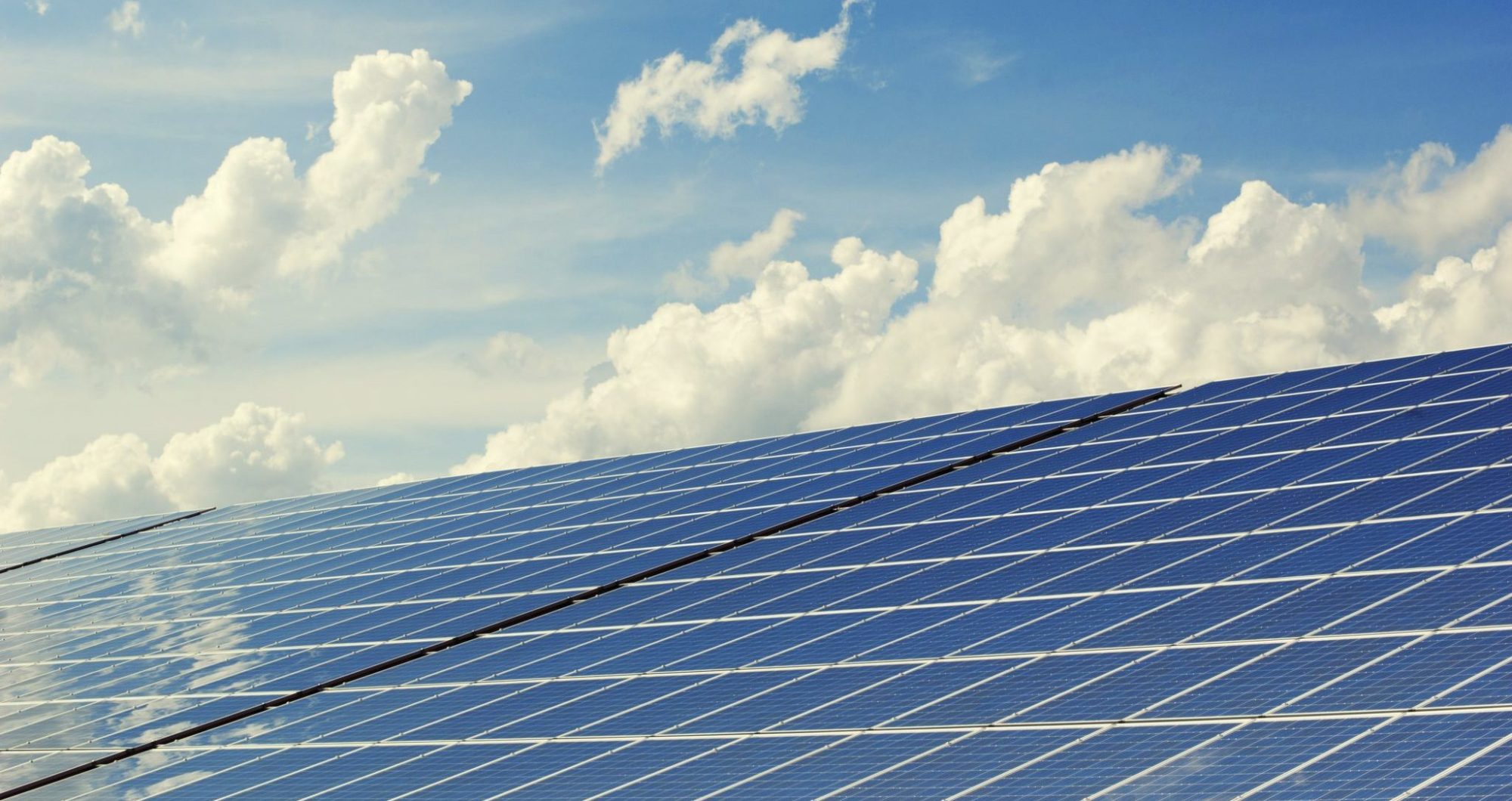July 27, 2021 by Brian Uhlrich, PE, LEED AP, CxA, Partner
Modern buildings require a significant amount of energy to keep people comfortable, healthy, and productive. This energy consumption has great economic, environmental, and social costs. As we seek opportunities to mitigate the impact of energy consumption in our buildings, on-site renewable energy production offers tremendous potential. Solar photovoltaic power production was once viewed by most mainstream building owners as too expensive with little opportunity for a return on investment. But technological advances and increased demand have caused the cost of PV systems to drop in recent years. Today, solar PV systems offer a simple payback of less than 20 years for most projects. When utility provider rebates and tax incentives are included, the potential return is even greater. There are also financing options such as PACE which can make an investment in solar power cash-flow positive from day one.

Photovoltaic power generation is low-maintenance and has proven to be very predictable. For many building owners, PV is a safe hedge against increasing energy prices.
But if a building owner is not quite ready to take the leap and invest in solar power, some thoughtful planning can make most buildings solar-ready with little cost. A solar-ready building can easily accommodate a future investment in PV power systems.
When designing a new building or performing renovations, keep these things in mind to plan for future solar installations:
- Plan for open areas on the roof.
- Organize equipment and other obstructions on the roof to allow large open areas for solar panels.
- Minimize roof-mounted equipment to free up available space.
- Plan open areas on the roof where there is minimal shading from adjacent structures.
- Look for opportunities on the site to use solar panels for sun shading.
- Surface parking lots and the top deck of parking structures are good spots to provide shaded parking.
- Mechanical equipment can be shaded while maintaining airflow.
- Outdoor dining and gathering areas in a hot climate become more comfortable with shading.
- Determine the size of PV system needed to offset energy consumption. Use pEUI to estimate annual energy consumption. It is good to plan for the maximum possible generation capacity, but it is good to understand how much energy the building is expected to consume.
- Plan for interconnection to the electrical system.
- Designate physical space for the future installation of safety disconnect switches, CT’s, and meters.
- Provide space in electrical distribution switchgear for future breakers/switches. The requirements for solar power interconnection will vary based on the generating capacity of the system and the requirements of the local utility provider, but a plan can be developed to allocate space so that major renovations are not required for a future PV installation.
- Provide conduits, sleeves, and designated pathways as necessary to accommodate future PV installation.
- Provide plans with designated areas and specific notes so that the Owner will have a future record of the intended location of future PV equipment.
With the potential financial benefit and expected inflation of future energy prices, it makes good sense to make every building solar-ready. A little planning can go a long way.

